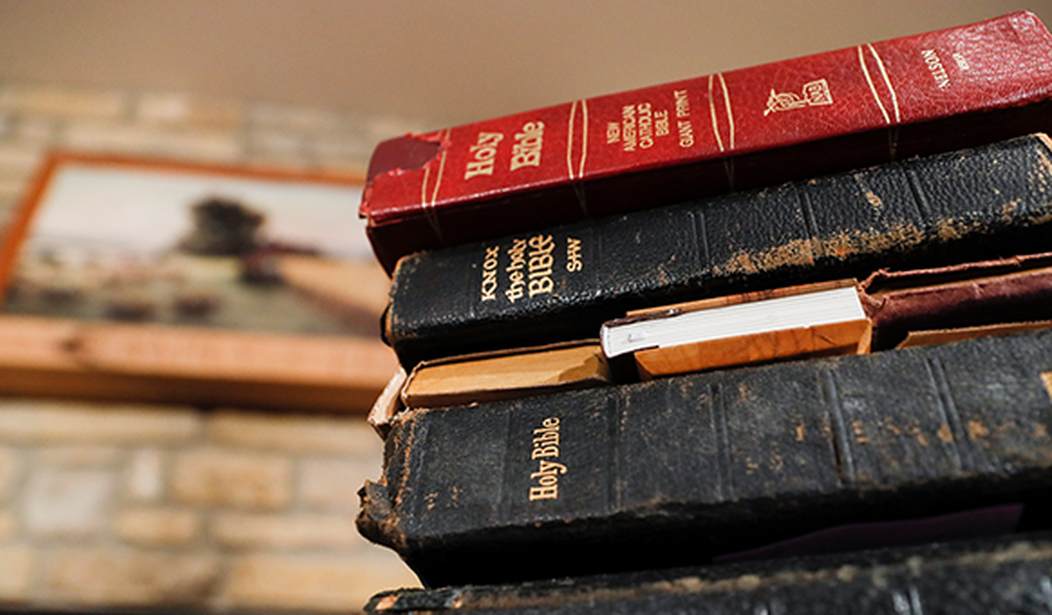Author’s Note: Interested readers can find all previous volumes of this series here.
Today we begin a two-part Bible Study series. Part 1 explores what the Old Testament (Hebrew Bible) reveals about the Face of God and, next week in Part 2, we will discuss the New Testament.
Just seeing the phrase “Face of God” is enough to make hearts and minds go aflutter while setting off alarms in others. The words conjure up visions, emotions, and, unfortunately, tremendous division.
How can we really know someone if we don’t know their face? Faithful Judeo-Christians want to know God. We seek his blessings, love, guidance, protection, and mercy. Millions of believers actively seek the face of God as part of their daily prayer life. But in the New Testament, when the face of God “became flesh,” a great schism develops between the “Old” and “New” Bibles.
A quote perfectly summarizing that fracture is from Russ Breault, a close associate, Bible scholar, speaker, and world-renown expert on the Shroud of Turin.
In his presentation, “The Seven Secrets of the Sacred Shroud” (accessed free with password: shroudencounter3768) during “The Face” segment Breault says:
“Something dramatically changed between the Old and New Testaments. In the Old, no one ever saw the face of God. In the New, everyone saw the face of Jesus. John [the Apostle] told us the glory of God was manifested in Christ.”
That is a preview of what we will “face” in Part 2. But now, let’s start with the Old Testament verses. (The bold was added for emphasis.)
Recommended
In the Book of Exodus (33:18), Moses bravely asks God, “Now show me your glory.”
But God refused, offering the following explanation about his power:
“And the Lord said, "I will cause all my goodness to pass in front of you, and I will proclaim my name, the Lord, in your presence. I will have mercy on whom I will have mercy, and I will have compassion on whom I will have compassion. But," he said, "you cannot see my face, for no one may see me and live" (Exodus 33:19-20).
Thankfully, the God of “mercy” and “compassion” offers a solution to placate Moses:
Then the Lord said, "There is a place near me where you may stand on a rock. When my glory passes by, I will put you in a cleft in the rock and cover you with my hand until I have passed by. Then I will remove my hand and you will see my back; but my face must not be seen" (Exodus 33:21-23).
The next “face” verse is from the Book of Leviticus, the third of the five “Books of Moses” that comprise the Torah.
Here, God issues a warning that the power of his face should not be undermined or challenged saying,
" 'I will set my face against anyone who turns to mediums and spiritists to prostitute themselves by following them, and I will cut them off from their people (Leviticus 20:6).
In case the Israelites did not get the message, God issues another “set my face against” warning known as “Consequences of Disobedience.”
" 'But if you will not listen to me and carry out all these commands, and if you reject my decrees and abhor my laws and fail to carry out all my commands and so violate my covenant, then I will do this to you: I will bring on you sudden terror, wasting diseases and fever that will destroy your sight and sap your strength. You will plant seed in vain, because your enemies will eat it. I will set my face against you so that you will be defeated by your enemies; those who hate you will rule over you, and you will flee even when no one is pursuing you” (Leviticus 26:14-17).
Yikes! Don’t mess with the face of God!
On a softer note, from the next book Numbers, is this magnificent “face” passage called “The Priestly Blessing”:
The Lord said to Moses, "Tell Aaron and his sons, 'This is how you are to bless the Israelites. Say to them:" ' "The Lord bless you and keep you; the Lord make his face shine on you and be gracious to you; the Lord turn his face toward you and give you peace" ' (Numbers 6:22-26).
In Deuteronomy, the fifth and final Torah book, God warns about the consequences of hiding His face in anger if the Israelites break their covenant with Him.
“And in that day I will become angry with them and forsake them; I will hide my face from them, and they will be destroyed. Many disasters and calamities will come on them, and in that day they will ask, 'Have not these disasters come on us because our God is not with us?' (Deuteronomy 31:17).
Moving ahead about 427 years, we find David pleading with God in Psalm 27:
My heart says of you, "Seek his face!" Your face, Lord, I will seek.Do not hide your face from me, do not turn your servant away in anger; you have been my helper. Do not reject me or forsake me, God my Savior (Psalm 27:8-9).
We conclude with the most popular Godly face reference in modern religious culture:
If my people, who are called by my name, will humble themselves and pray and seek my face and turn from their wicked ways, then I will hear from heaven, and I will forgive their sin and will heal their land (2 Chronicles 7:14).
That passage is the foundation of best-selling author, Rabbi Jonathan Cahn’s Sept. 26 Washington D.C. event on the National Mall called “The Return – National and Global Day of Prayer and Repentance.” In a recent interview, Cahn and I discussed The Return’s religious and political ramifications.
So what have we learned from Part 1 of this study? Seeking God’s face in prayer is as essential now as it was during the Old Testament time. Perhaps that means you should spend less time on “FaceTime” and more time engaging its ancient meaning.
Myra Adams is a media producer and conservative political and religious writer with numerous national credits. She is also Executive Director of www.SignFromGod.org, a ministry dedicated to educating people about the Shroud of Turin. Contact: MyraAdams01@gmail.com or Twitter @MyraKAdams.

























Join the conversation as a VIP Member